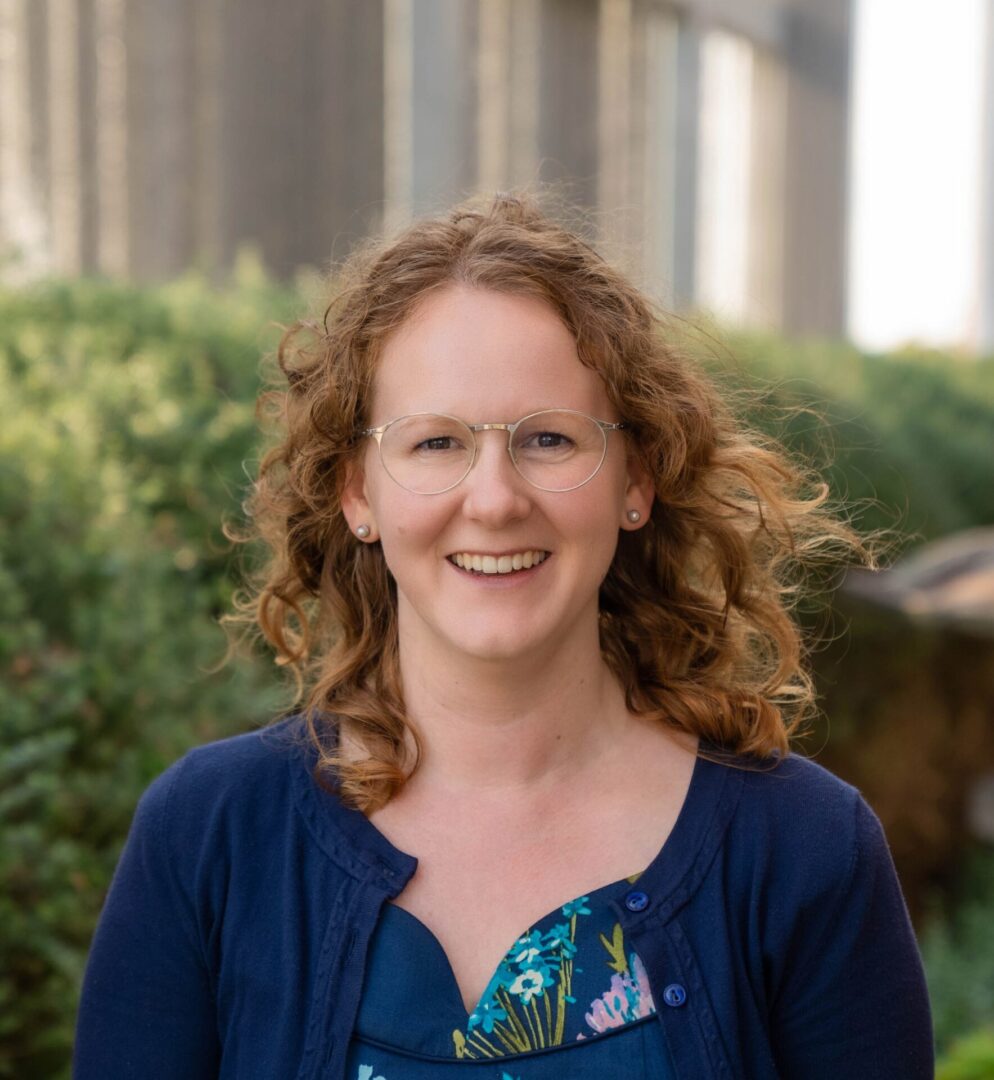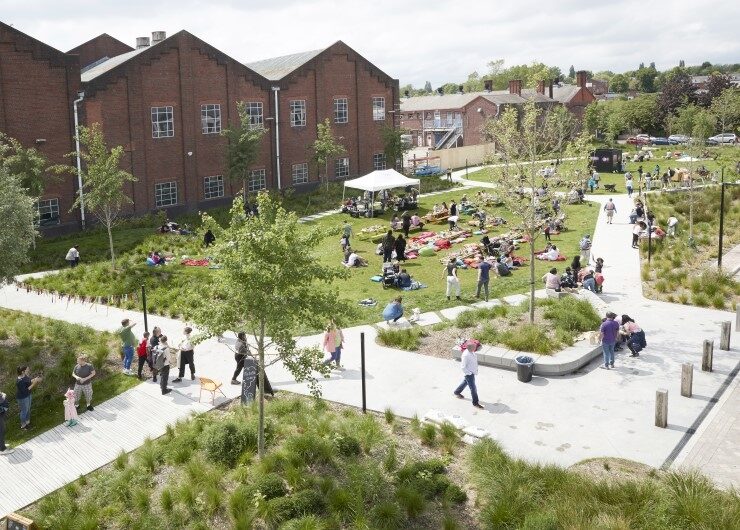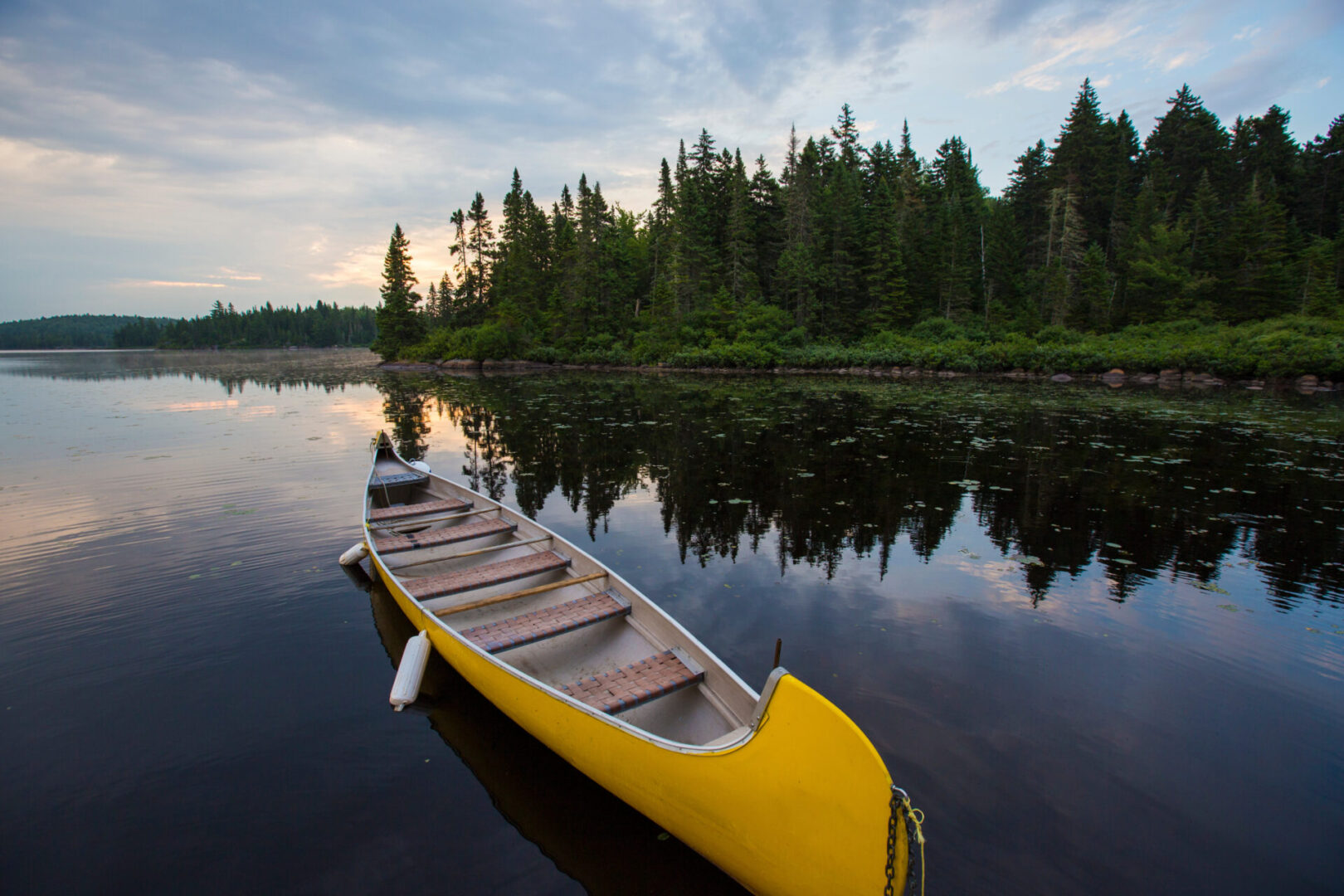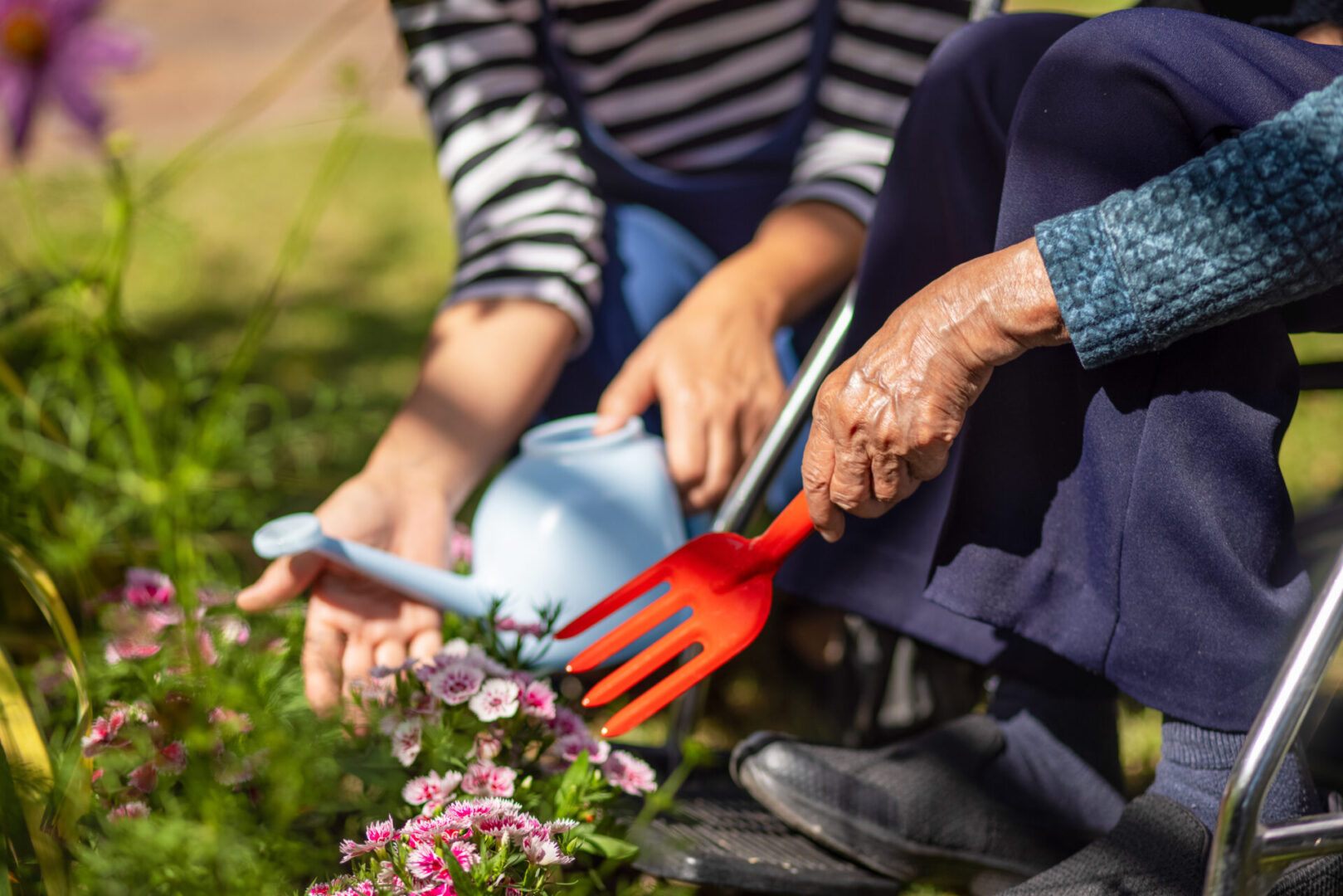Background:
This is the second in a series of four webinars on solutions to physical inactivity designed around the elements of the World Health Organization’s Global Action Plan on Physical Activity (GAPPA).
This webinar focusses on “Active Environments” and will showcase solutions solutions to physical activity that are delivered at scale in different settings targeting different populations.
Further webinars will focus on “Active Systems” (governance and policies) and “Active Societies” (Social norms and attitudes).
When: Monday 8 September 2025
London 8am
Berlin 9am
Delhi 12:30pm
Singapore 3pm
Eastern Australia 5pm
Inscription :
https://us02web.zoom.us/webinar/register/WN_T9Z9YMH1QT2wxxHX2zkJPQ
Intervenants :
Dr. Tiago Canelas:
Dr. Canelas is a Senior Research Associate at the Global Diet and Activity Research Network (GDAR) at the University of Cambridge, UK. Dr. Canelas has an interdisciplinary background from geography (BA) to global health (MSc and PhD). Their work focuses on disaster management, climate change, the built environment, diet, physical activity, and both non-communicable and infectious diseases, particularly in low- and middle-income countries. Outside academia, he enjoy making maps and training for triathlons.
Dr. Canelas’ presentation will be about a study that assessed how urban environments in four African cities contribute to non-communicable disease risk through physical inactivity, unhealthy diets, and climate-related hazards. The team used standardized tools, adapted with local partners, to capture data across 23 small areas, with different levels of socioeconomic deprivation. The findings help us understand how syndemic hazards shape urban health and what it takes to measure them meaningfully.
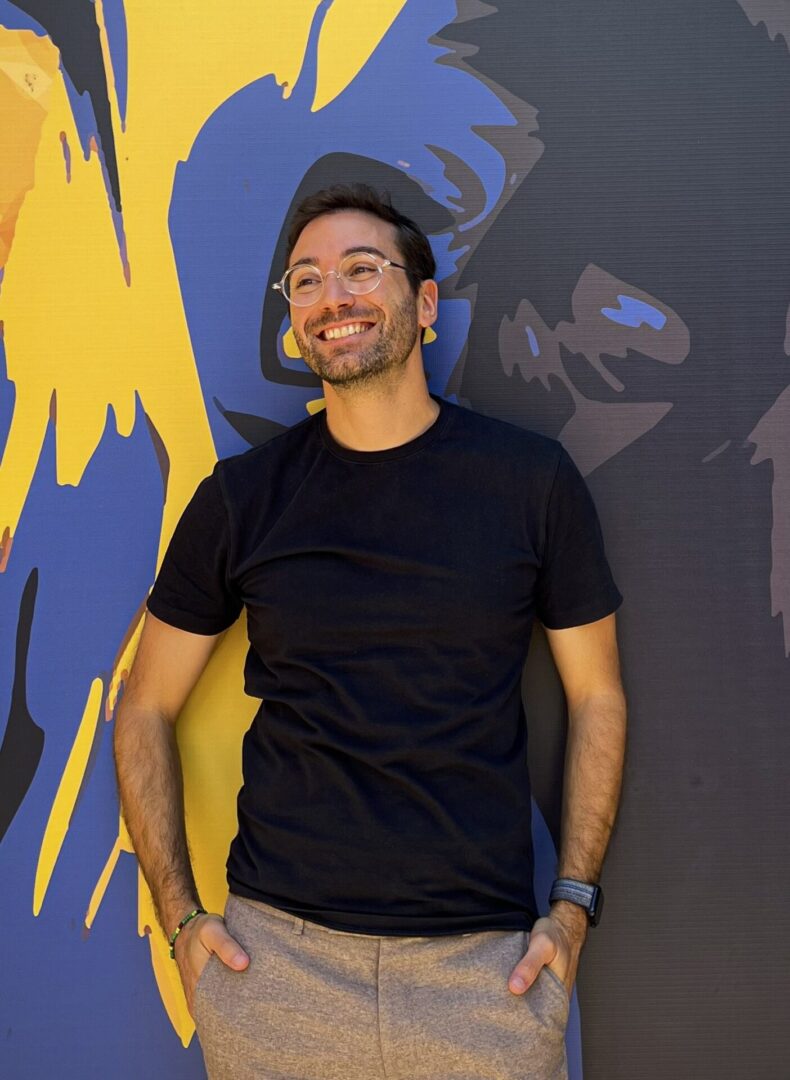
Prof. Jasper Schipperijn:
Prof. Schipperijn is a Professor of Active Living Environments at the Department of Sports Science and Clinical Biomechanics, University of Southern Denmark. His research interests revovle around three main topics 1) playgrounds, 2) conducting multi-disciplinary intervention studies to create active living environments and 3) developing tools and methods that make it possible to measure active living and the environment it takes place in. Much of his work builds on interventions tudies or natural experiments that invovled changes to the built environment, e.g. co-creating and renovating schoolyards, urban green spaces, public open space, or bicycling facilities.
Prof. Schipperijn’s presentation will overview work on creating active environments for and with children and youth
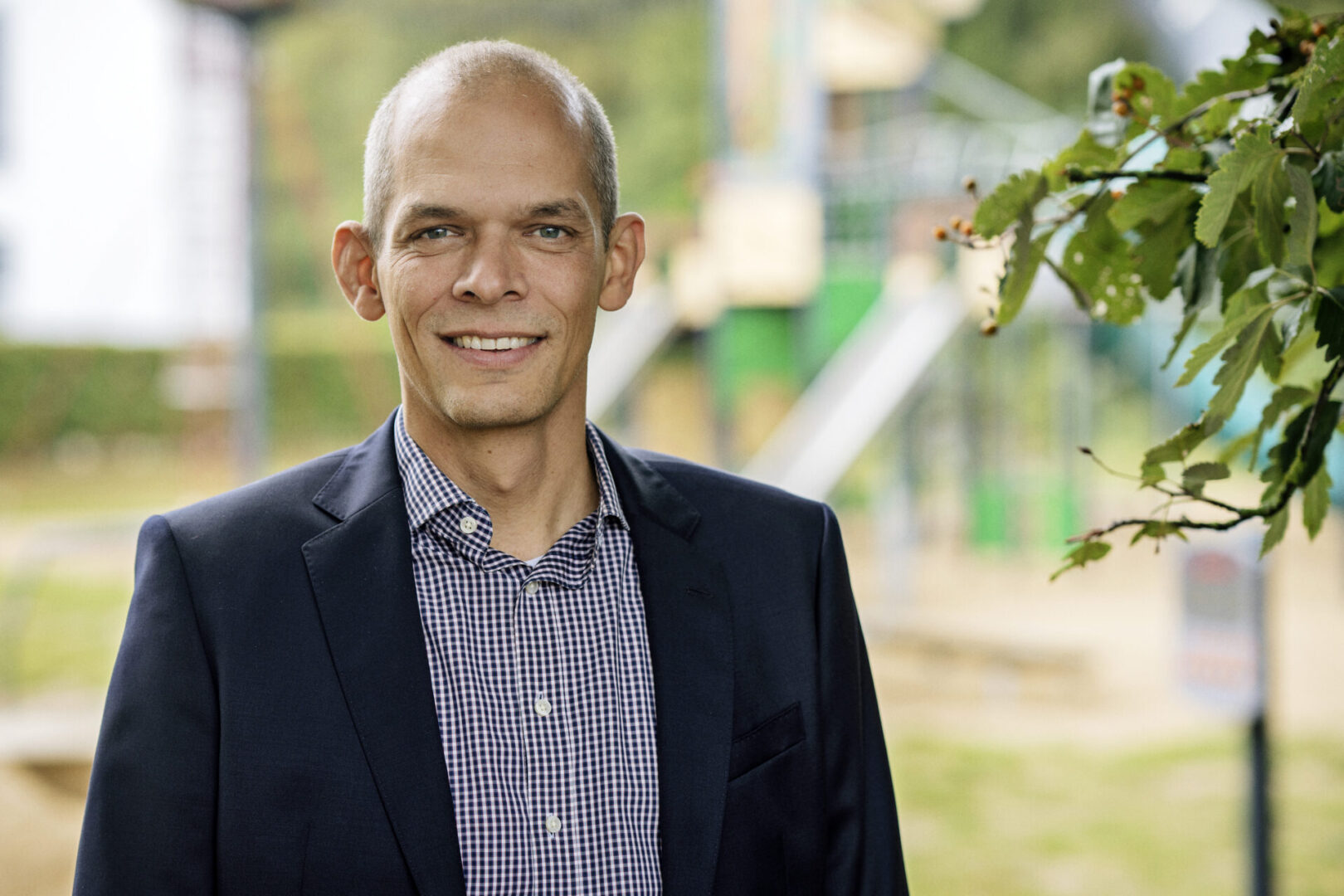
Dr. Melanie Lowe:
Dr. Lowe is a Vice-Chancellor’s Senior Research Fellow in the Centre for Urban Research at RMIT University, Melbourne, Australia. Dr. Lowe is an urban planning and public health researcher who investigates how to plan healthy, active and resilient cities and develops evidence-informed indicators to monitor and inform policy. Dr. Lowe is Co-Director of the Global Observatory of Healthy and Sustainable Cities, which provides indicators of healthy and sustainable urban design and planning for cities across the globe. Dr. Lowe collaborates with multidisciplinary teams of researchers and policymakers to strengthen consideration of health in city planning. Dr. Lowe’s research has been included in local, state and federal government policy in Australia and is used by international organisations.
Dr. Lowe’s presentation will be about measuring progress towards active cities internationally. The Global Observatory of Healthy and Sustainable Cities provides comparable, evidence-based spatial and policy indicators of healthy, active and sustainable urban design and planning for cities internationally. This presentation will outline recent progress on scaling-up the Global Observatory, by developing new indicators, growing international membership and the addition of new cities to our open science platform. Our global collaboration is building advocacy capabilities and helping to monitor progress towards urban environments that promote active living and climate resilience.
